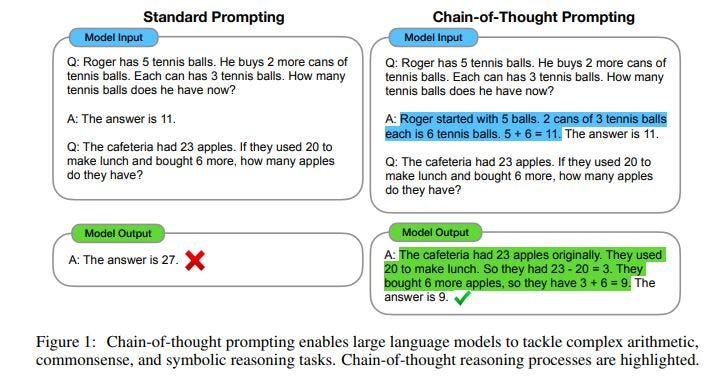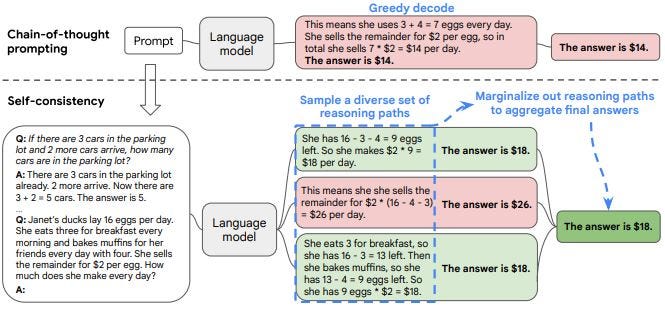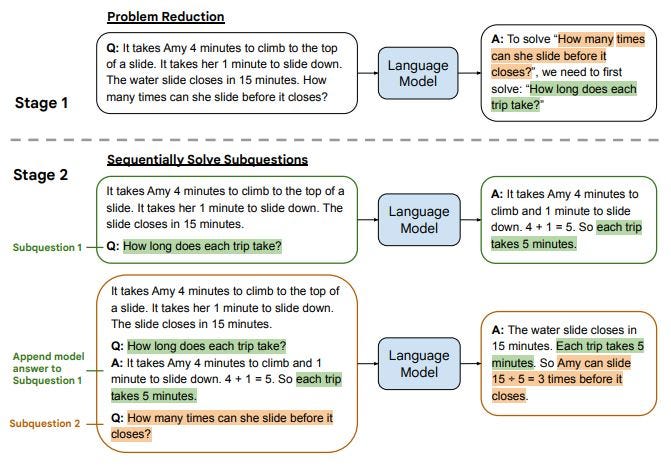
Photo by ammar sabaa on Unsplash
Master the Art of Prompting with ChatGPT’s 8 Techniques You Can’t Afford to Miss!

You may or may not have heard about prompt engineering. Essentially it is ‘effectively communicating to an AI to get what you want’.
Most people don’t know how to engineer good prompts.
However, it’s becoming an increasingly important skill…
Because garbage in = garbage out.
Here are the most important techniques you need for prompting 👇
I’ll refer to a language model as ‘LM’.
Examples of language models are @OpenAI’s ChatGPT and @AnthropicAI’s Claude.
1. Persona/role prompting
Assign a role to the AI.
Example: “You are an expert in X. You have helped people do Y for 20 years. Your task is to give the best advice about X.
Reply ‘got it’ if that’s understood.”
A powerful add-on is the following:
‘You must always ask questions before you answer so you can better understand what the questioner is seeking.’
I’ll talk about why that is so important in a sec.
2. CoT
CoT stands for ‘Chain of Thought’
It is used to instruct the LM to explain its reasoning.
Example:

ref1: Standard prompt vs. Chain of Thought prompt (Wei et al.)
3. Zero-shot-CoT
Zero-shot refers to a model making predictions without additional training within the prompt.
I’ll get to a few-shot in a minute.
Note that usually CoT > Zero-shot-CoT
Example:

ref1: Zero-shot vs zero-shot-CoT (Kojima et al.)
4. Few-shot (and few-shot-CoT)
Few-shot is when the LM is given a few examples in the prompt for it to more quickly adapt to new examples.
Example:

ref2: Few-shot vs. few-shot-CoT (Kojima et al.)
5. Knowledge generation
Generating question-related knowledge by prompting an LM.
This can be used for a generated knowledge prompt (see further).
Example:

ref3: Knowledge generation (Liu et al.)
6. Generated knowledge
Now that we have the knowledge, we can feed that info into a new prompt and ask questions related to the knowledge.
Such a question is called a ‘knowledge-augmented’ question.
7. Self-consistency
This technique is used to generate multiple reasoning paths (chains of thought).
The majority answer is taken as the final answer.
Example:

ref4: Self-consistency (anonymous authors)
8. LtM
LtM stands for ‘Least to Most’
This technique is a follow-up on CoT. Additionally, it works by breaking a problem down into subproblems and then solving those.
Example:

ref5: Least to most prompting (Zhou et al.)
Bibliography:
ref1:
Wei, J., Wang, X., Schuurmans, D., Bosma, M., Ichter, B., Xia, F., Chi, E., Le, Q., & Zhou, D. (2022). Chain of Thought Prompting Elicits Reasoning in Large Language Models.
ref2:
Kojima, T., Gu, S. S., Reid, M., Matsuo, Y., & Iwasawa, Y. (2022). Large Language Models are Zero-Shot Reasoners.
ref3:
Liu, J., Liu, A., Lu, X., Welleck, S., West, P., Bras, R. L., Choi, Y., & Hajishirzi, H. (2021). Generated Knowledge Prompting for Commonsense Reasoning.
ref4:
Wang, X., Wei, J., Schuurmans, D., Le, Q., Chi, E., Narang, S., Chowdhery, A., & Zhou, D. (2022). Self-Consistency Improves Chain of Thought Reasoning in Language Models.
ref5:
Zhou, D., Schärli, N., Hou, L., Wei, J., Scales, N., Wang, X., Schuurmans, D., Cui, C., Bousquet, O., Le, Q., & Chi, E. (2022). Least-to-Most Prompting Enables Complex Reasoning in Large Language Models.
What techniques would you like to know more about? Let me know in the comments.
If you learned something new, please ‘clap’ this post anywhere from 1–50 times and follow me so that this article gets seen by others.
If you’d like more regular posts, check out my Twitter.

